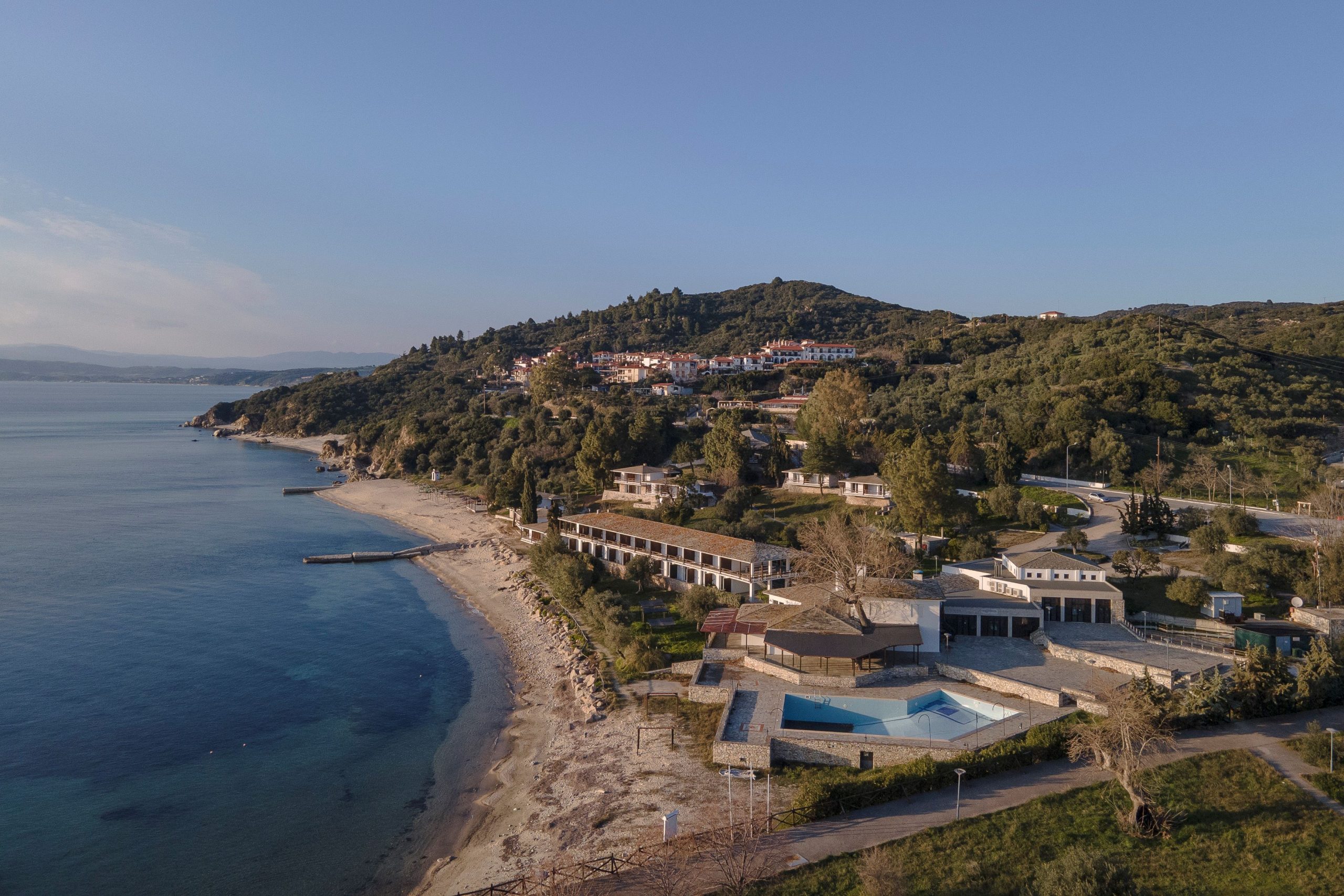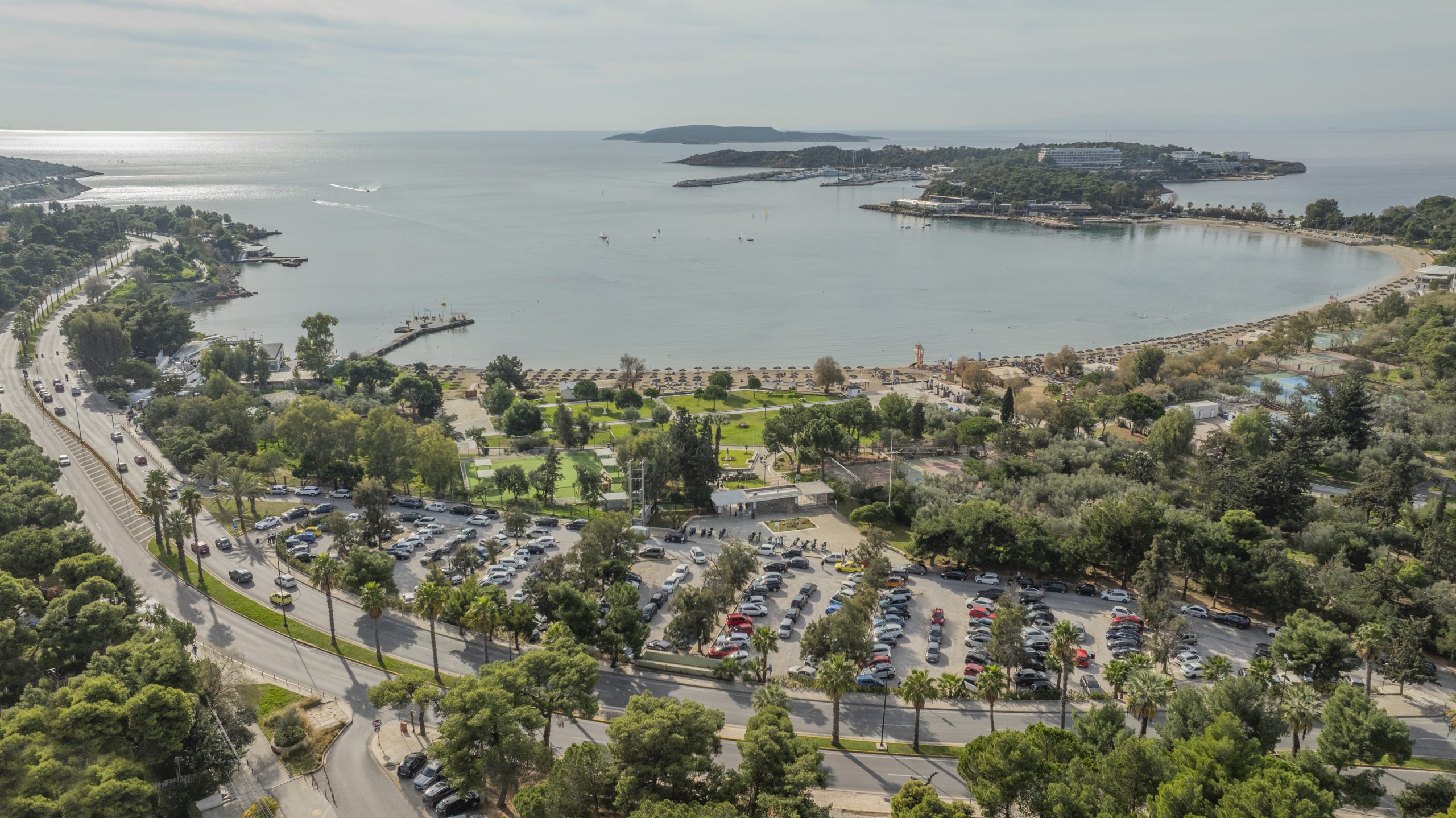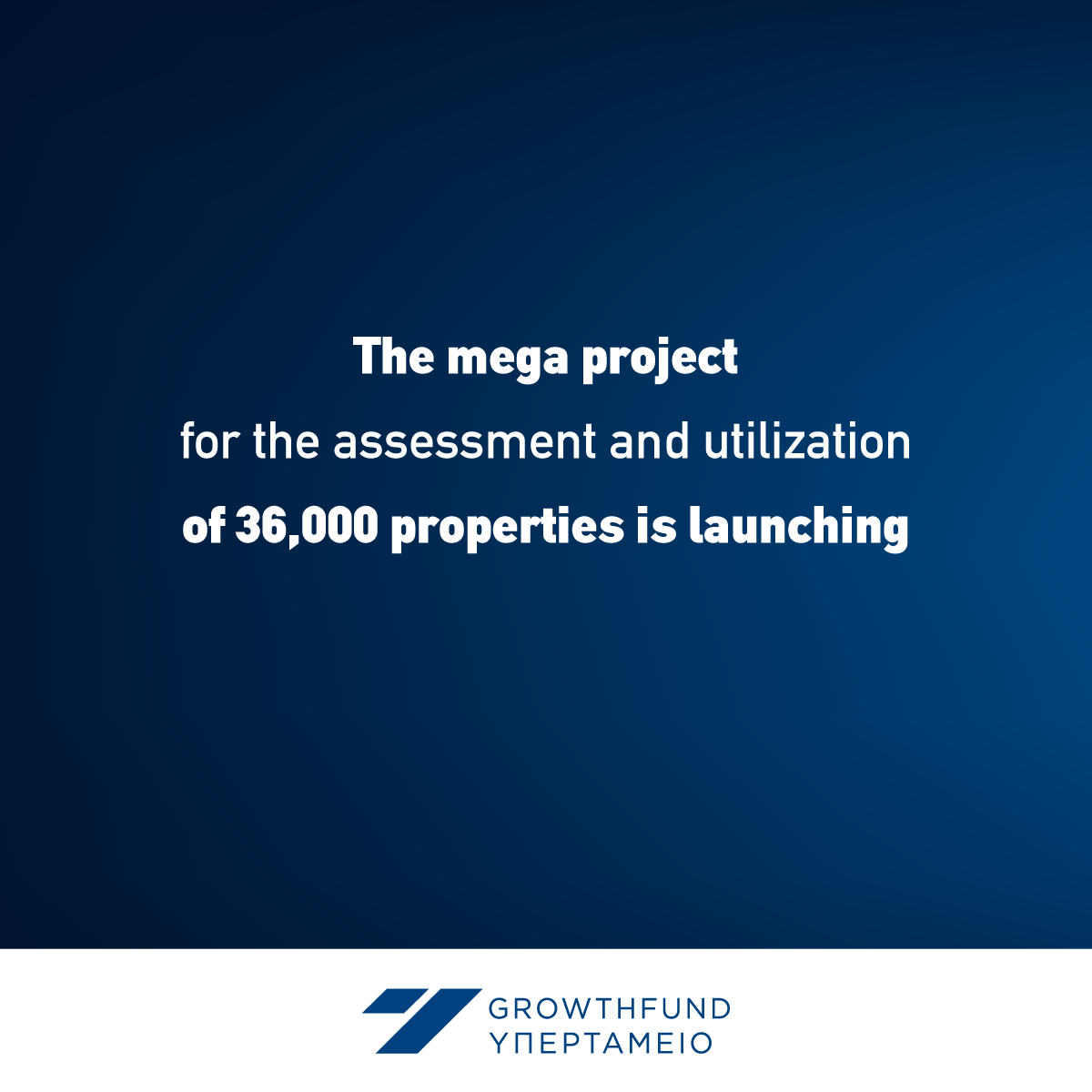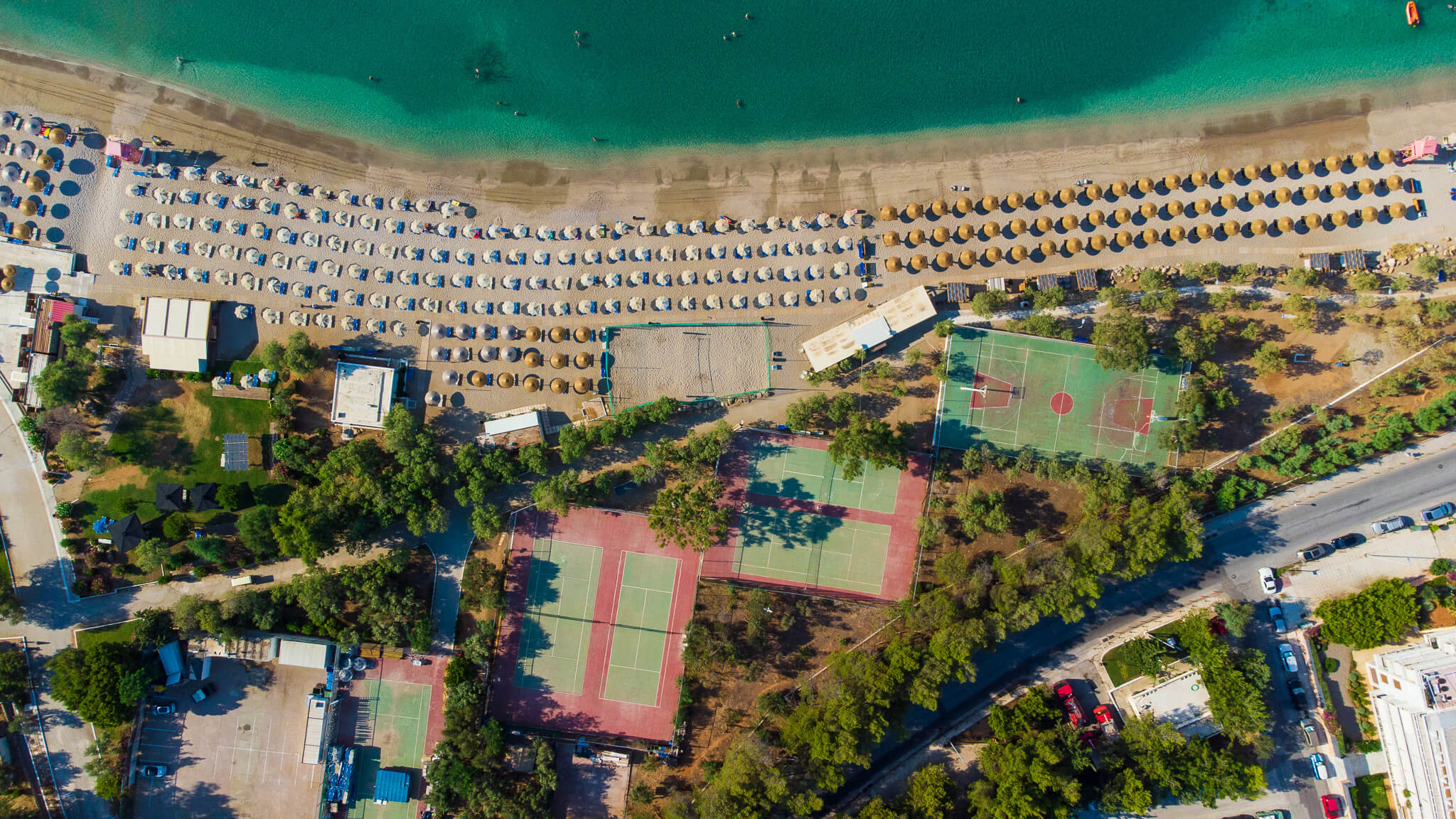The listed Ottoman Hassan Bey mansion in Rhodes has been ceded to the Ministry of Culture and Sports by the Hellenic Public Properties Company with a Concession Agreement signed by the Minister of Culture and Sports, Lina Mendoni, and the CEO of HPPC, Stefanos D. Vlastos.
The aim of ceding use to the Ministry is to ensure that the iconic monument is restored and renovated in its entirety, with its historical and aesthetic value being highlighted. The arrangement will also allow it to be used as a Centre for Presenting the History of the City of Rhodes through the Years. The Ministry of the Interior is playing a role in the mansion restoration project so that financing to the tune of 1,800,000 euros can be provided from the Recovery and Resilience Fund. The project has a completion date of 2025.
Immediately after the concession contract was signed, the Minister of Culture and Sports, Lina Mendoni, said:
“The restoration of the historic Hassan Bey mansion is another important step, and together with the restoration of the National Theatre and the Neoclassical School and H.O.C.RE.D’s overall strategy for property management in the Medieval City, this is another action which has been initiated by the Ministry of Culture and Sports in the city of Rhodes. The Medieval City of Rhodes, which is a UNESCO World Heritage Site and an extremely popular tourist destination, needs a new approach, a different strategy. We are creating this approach steadily and through cooperation with the relevant agencies and organizations. The ceding of the Hassan Bey mansion to the Ministry of the Interior by HPPC, so it can function as a Centre for Presenting the History of the City of Rhodes through the Years, contributes to the restoration of one of Rhodes’ important monuments. It is an intervention in the urban fabric, upgrading the area, and at the same time it fills a gap by informing visitors to the island about Rhodes in different historical eras. I thank HPPC and its Managing Director for the continuous good cooperation we have enjoyed – cooperation which aims to highlight monuments and their contribution to local communities. The project of restoring the mansion has already been included in the Recovery Fund with a budget of 1,800,000 euros, and the Ephorate of Antiquities of the Dodecanese is ready to start the necessary work so that the project can be completed at the end of 2025″.
The CEO of HPPC, Stefanos D. Vlastos made the following statement:
“We are especially happy every time we donate one of our properties to the local community. Even more so when we are talking about a historical building such as the Hassan Bey mansion. Through our cooperation with the Ministry of Culture, the mansion, which was neglected for years, will be put to use and will have a spotlight shone on it, as befits the historical and architectural value of the mansion and, mainly, the Old Town of the island of Knights, a city that is a UNESCO world heritage site. We firmly believe that culture is a driving force for development and our intention is, wherever beneficial and feasible, to use Greek State properties in cooperation with all the institutional bodies. In this way we will revive historic buildings that had been abandoned and create places which highlight and promote the rich history of Greece. I would like to personally congratulate the Minister of Culture, Mrs. Lina Mendoni, for her initiative and I would like to assure her that HPPC will continue to help the Ministry of Culture in its efforts to revive historical emblematic buildings that had been forgotten and to create cultural hubs throughout the country”.
The Ottoman mansion Hassan Bey is at the entrance of the medieval city of Rhodes, in front of the tourist port, on Argyrokastro Square, and has been classified as a listed medieval monument. It is a stone-built building which was built in the beginning of the 19th century. It is a typical example of the mansions of the time which underwent many modifications and additions during Italian rule of the Dodecanese. Today, the mansion faces significant problems, with areas having collapsed, the wooden elements having deteriorated and the original architectural features having been lost as the result of successive alterations.












